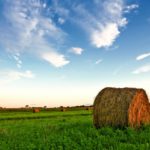
Attend this forage webinar in person
'In-person' webinar Dec. 12 at Olds College Bell-E Learning Centre

There may be slim pickins in the pasture
Water-stressed forages have more fibre and less protein, and that can reduce feed intake and body conditioning
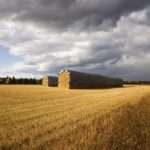
Hay shortage could make for difficult winter
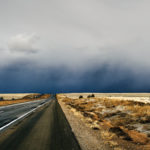
Watch for nitrate accumulation after a hailstorm
Water and nutrients, including nitrogen, are pushed into non-legume crops after hail damage

Satellite insurance forage survey
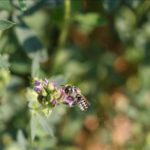
Manitoba forages fight past winterkill, pest issues
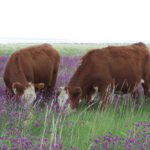
Native forages can weather whatever Mother Nature throws their way
Long-lived native forages complement tame forages nicely — but they have their own merits that make them more competitive than their tame counterparts
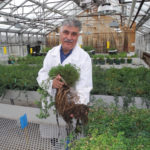
Five steps for building the right forage mix for your farm
The right mix of forage grasses and legumes will make the most of our short growing season and produce maximum yields

Deciding on cover crop blends
Read more
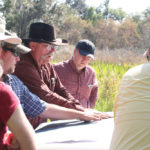
It pays to have a plan before turning your cattle out on pasture
Bountiful, nutritious forage doesn’t happen by accident — here’s how to plan for success on your ranch
Read more

